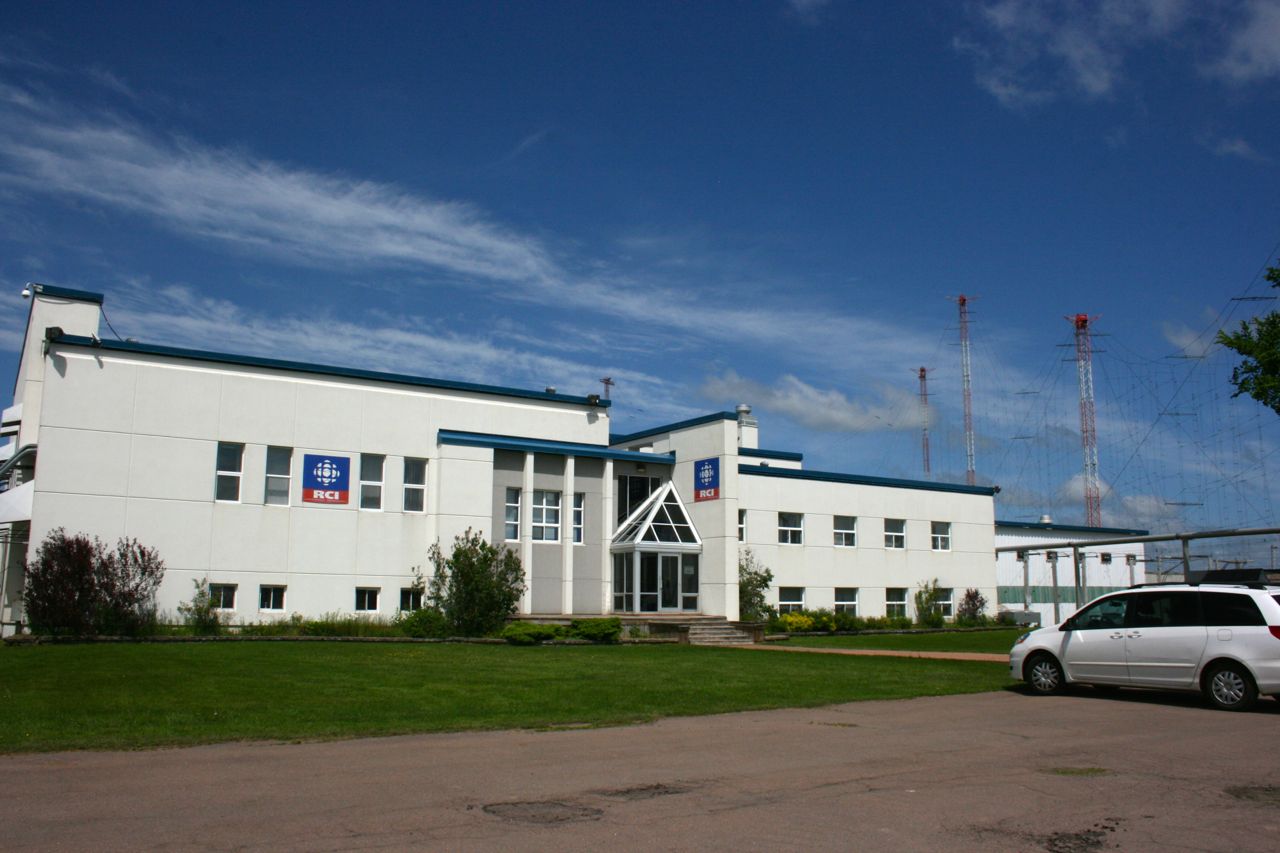I spent the summer of 2012 in an off-grid cabin on the eastern coast of Prince Edward Island, Canada. That summer, I listened as two of my favorite shortwave broadcasters left the air within weeks of each other: Radio Netherlands Worldwide and Radio Canada International.
I was able to not only listen to the final broadcasts of Radio Netherlands, but also record them. I wrote a post about that memorable experience.
Ironically, though I was only a geographic stone’s-throw from the RCI Sackville transmitter site, I struggled to hear any Sackville signals as my location was too close for skywave propagation and a little too far for ground wave. Though I paid a visit to the transmitter site only two days prior, I was unable to hear or record RCI’s final broadcast.
Unlike RNW’s final broadcasts, RCI’s ended without fanfare and quite abruptly. This week, I heard a recording of that final RCI broadcast for the first time. My friend, Rajdeep Das, recorded it on June 24, 2012 in Kolkata, India. Rajdeep has kindly shared his recording with the Shortwave Radio Audio Archive and here on the SWLing Post.
This is a short 10 minute recording, beginning at 1550 UTC, June 24, 2012 on 11,675 kHz. Listeners will note that the broadcast ends abruptly during the mailbag program–obviously the Sackville transmitters were turned off prematurely.
Click here to download the recording as an MP3, or simply listen via the embedded player below:
While we’re talking about RCI, I would also like to thank @LeedsRadio, @UKDXer and Al Holt for sharing the following brilliant QSLs and pennant:
Thanks for the stroll down memory lane!
SWLing Post readers should note that Rajdeep Das has a DX blog you should visit. I’ve added Rajdeep’s site to our blog roll. Thanks again, Rajdeep!












